5 new TV technologies that are changing the way you watch
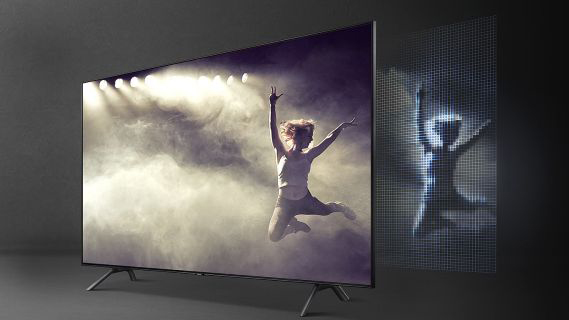
Whether you’re bingeing box sets and gaming the days away, smart TVs have provided a much-needed escape during these uncertain times.
But just as technology continues to advance, so does the way in which we watch TV. While your grandparents might reminisce of the days in which they would gather round a small box to watch crackled black and white monster movies, people nowadays expect a fully-immersive experience; one that enhances what they’re viewing on screen and envelopes them in its narrative.
Thankfully, 2020 has seen plenty new and exciting TV technologies enter the fray. While many of them were first shown off or teased at the CES 2020 expo earlier this year, it’s only now that most of these technologies are entering the market or starting to see their potential realized on a large scale.
Here we’ll delve into five of these new TV technologies to see how the future of TV watching is changing – and help you seek out the features you’ll want on your next TV upgrade.
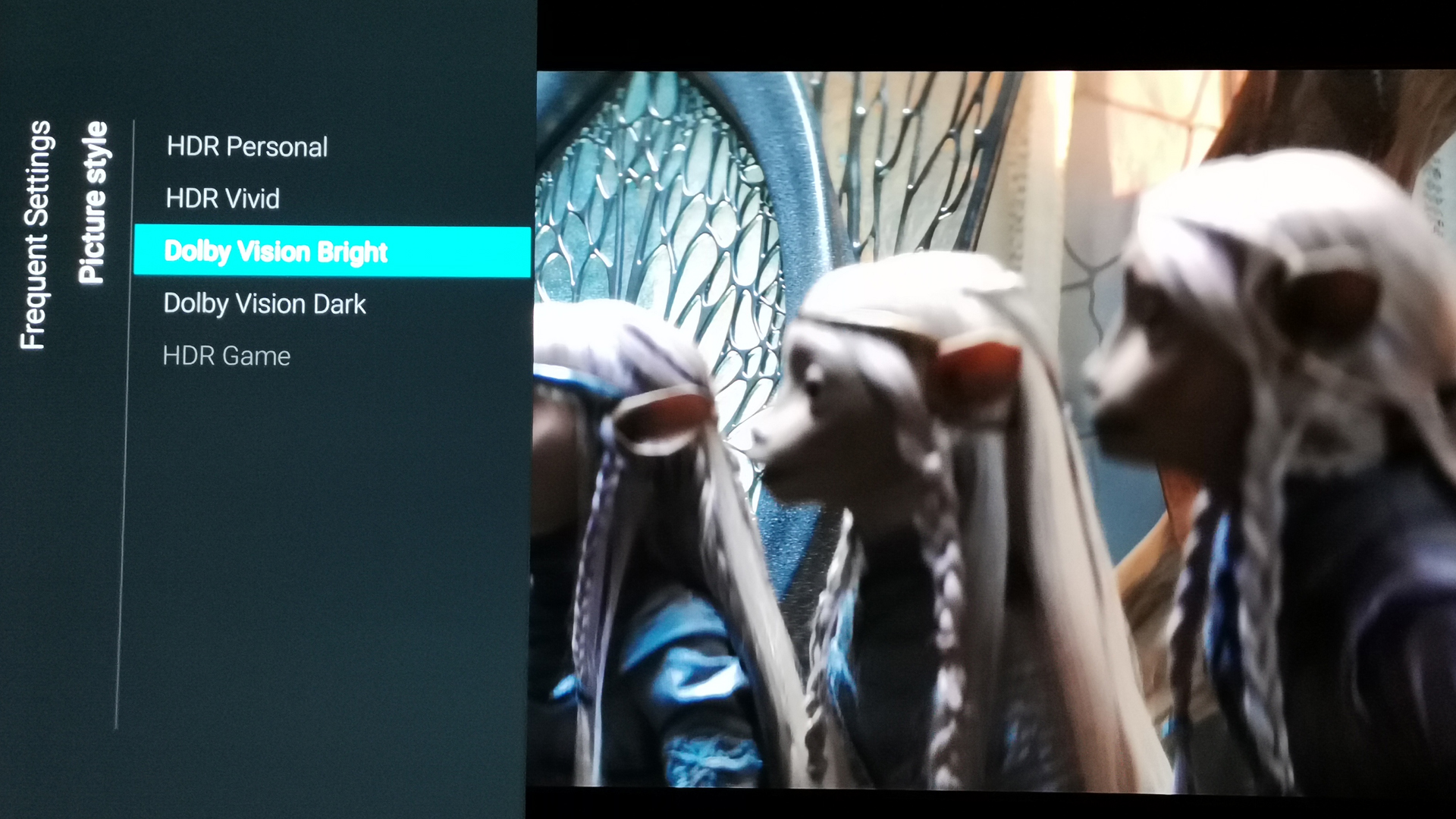
1. Dolby Vision IQ
Those that squinted through the famously dark Game of Thrones finale will be relieved to hear that Dolby Vision IQ is here to help tackle the issue of dim pictures on your screen.
When launched at CES 2020, Dolby Vision IQ was described as being "Beyond HDR". HDR (High Dynamic Range) video has long allowed for expanded contrast and color, which directors and show creators have taken advantage of to grade content with a generally darker output. Unfortunately, not every TV can bring out those details clearly, especially watching in a well-lit living room. Dolby Vision IQ tackles this issue through adjusting to the brightness of the room you're watching in, using dynamic metadata from Dolby Vision and light sensors within your TV to deliver a perfect picture.
So far only certain 2020 TVs have announced compatibility with Dolby Vision IQ, including LG and Panasonic's 2020 OLED ranges. Panasonic also utilizes its built-in light sensor to apply this to non-DV content (through Intelligent Sensing), making it easier than ever for your TV to auto-calibrate to your environment.
Sign up for breaking news, reviews, opinion, top tech deals, and more.
Supported TV models:
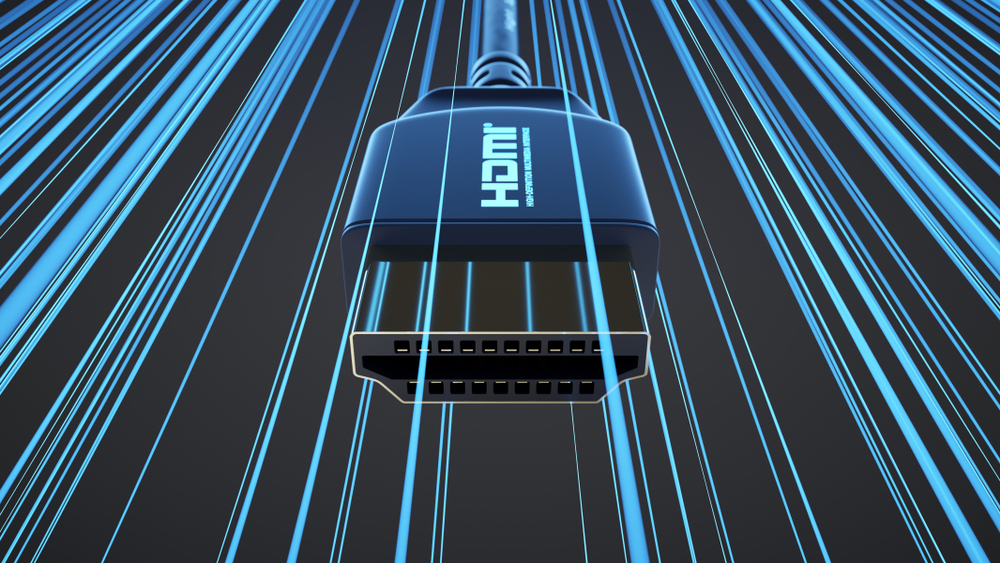
2. HDMI 2.1
HDMI (High Definition Multimedia Interface) has been a lifesaver in the tech world, providing high definition video via a small cable and removing the need for those bulky SCART connectors that used to trail behind our televisions (phew). Over the years it has advanced to keep up with the ever-changing technology of TVs and HDMI 2.1 is its latest exciting update.
Most of the hype is around increased video resolutions, with HDMI 2.1 supporting up to 8K content at 60 frames per second, and 4K at 120 frames per second. These faster refresh rates, along with HDMI 2.1’s support for Variable Refresh Rates, Dynamic HDR and Quick Media Switching will have a huge impact on the AV industry, along with gamers and home cinema fanatics looking to experience TV at its best.
“This is part of the HDMI Forum’s continuing mission to develop specifications for the HDMI ecosystem that meet the growing demand for compelling, high-performance and exciting features,” said Robert Blanchard of Sony Electronics, president of the HDMI Forum.
While LG offers wide support for the technology, with four HDMI 2.1 ports on each 2020 OLED TV, you'll find only one port on new Samsung TVs, and none on the fleet of new Panasonic sets.
Supported TV models:
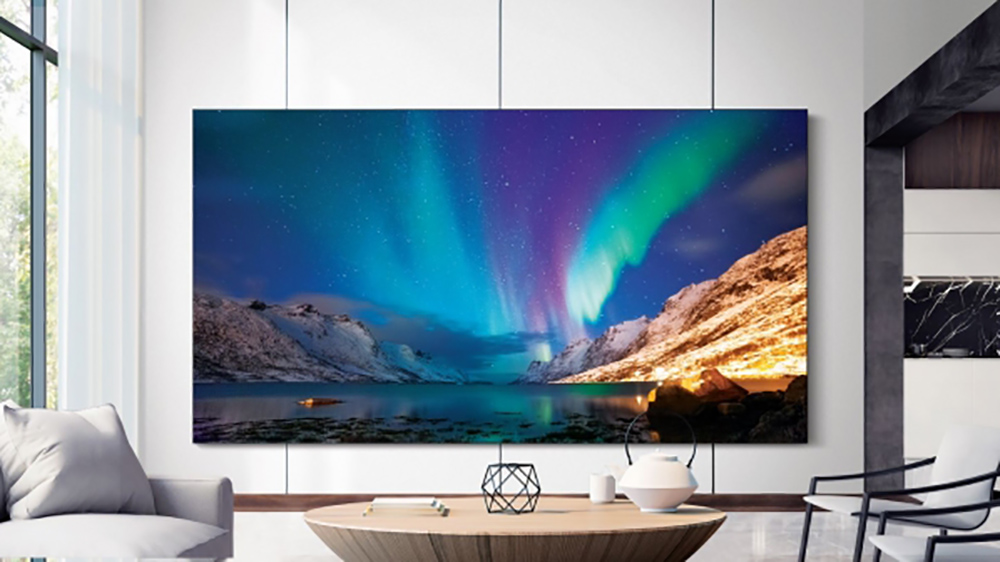
3. Samsung Tap View
Want to share a video from your phone to the TV? Samsung Tap View makes it easier than ever.
It goes without saying that this only works on Samsung TVs that support Tap View (so one of their 2020 models). Once you've downloaded the program onto your phone — both Android and iOS are supported — it activates NFC mode, which the NFC receiver on the TV can then connect with.
It’s this dependency on NFC that makes Tap View different to other cast-to-TV technologies such as Google Chromecast or Miracast. There’s also also the ability to physically tap your device against the TV, so that when you hold your phone or tablet close to the NFC receiver Tap View reads the information and begins showing your video content, be it from your library, Netflix or YouTube. It’s as easy as tapping your contactless card in the corner shop.
Supported TV models:
- QLED 8K series: Q950TS, Q900TS, Q800T
- QLED 4K series: Q95T, Q90T, Q85T, Q80T, Q70T, Q65T, Q60T
- Crystal UHD series: TU8500, TU8000, TU7000
- Lifestyle and Outdoor series: The Frame (LS03T), The Sero (LS05T), The Serif (LS01T), The Terrace (LST7T)
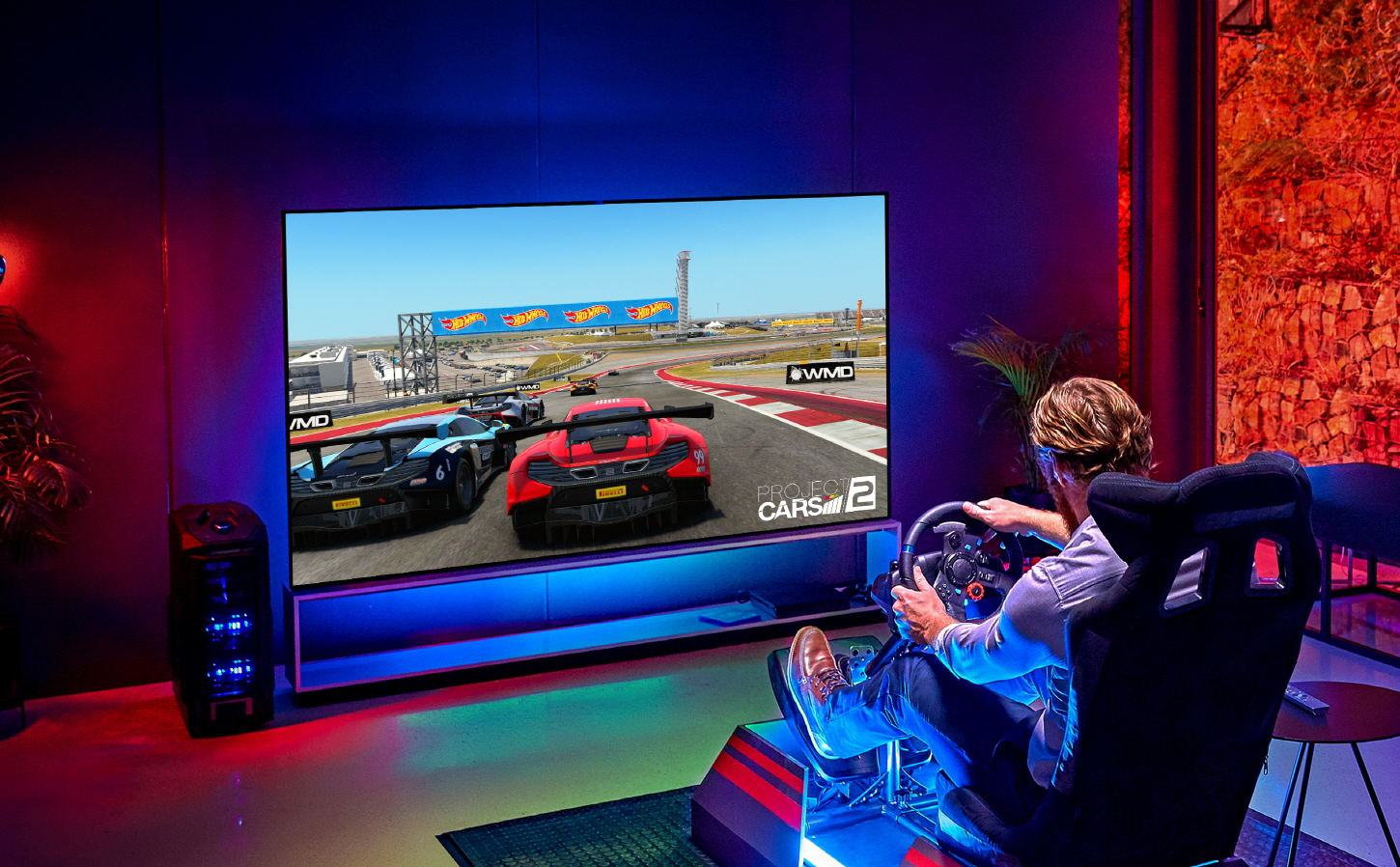
4. Nvidia G-Sync on LG TVs
This one’s for the gamers – PC gamers that like to connect up to the TV, in particular.
When LG announced that they were introducing Nvidia's G-Sync technology at CES 2020, it seemed a little odd due to the niche user base it was targeting. It is, however, a great way to experience variable refresh rate technology that's smooth and tear-free.
The technology works by synchronizing the TV's refresh rate with the frame rate of your PC game or device — although you will need a Nvidia GPU to make it work. Once plugged into a compatible LG TV you'll find refresh rates of up to 120Hz.
You’ll find G-Sync supported on 2019’s LG C9, E9, and B9 OLED models, as well as the entirety of the 2020 LG TV OLED range (LG CX, LG GX, LG WX).
While it won’t be for everyone, Nvidia G-Sync will certainly be a game-changer for PC players that want a truly immersive experience via their TV screens.
Supported TV models:
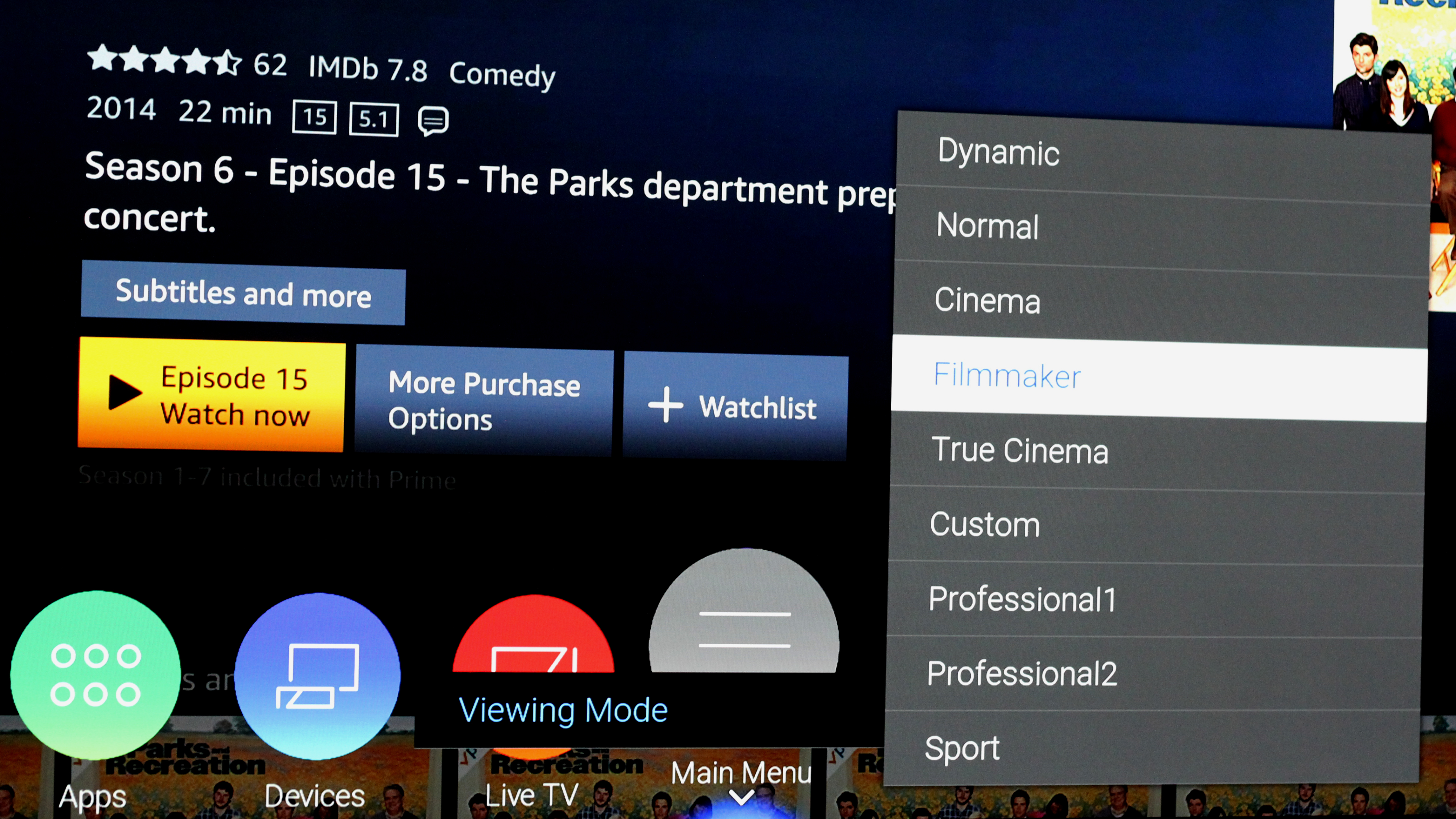
5. Filmmaker Mode
Imagine this: you spend millions of dollars making a movie, putting all your time and love into creating a very specific vision — only for it to be ruined by a shoddy TV processor.
Directors have been fuming over excessive motion smoothing, also known as the ‘soap opera effect’, for a long time. It’s caused by your TV struggling to display 24Hz film content on a 60Hz screen, which means frames are shown multiple times in varying quantities (given 24 doesn’t multiply cleanly to 60). Motion technologies will artificially insert additional frames to combat this, which can be great for keeping sports programming looking smooth, but the result is that movies can end up looking... well, worse.
Thankfully Filmmaker Mode is here to the rescue. It's essentially a picture mode that the UHD Alliance (an industry group that includes Dolby, LG, Netflix, Samsung and more) has collaborated with filmmakers to create. Once activated it overrides any motion smoothing and ensures that you’re getting the authentic cinematic experience — as intended by the film creators.
For those that love nothing more than a night in with popcorn and a movie, Filmmaker Mode will be a must-have. Keep in mind that you may want motion smoothing for certain programming, but it’s important that you’re able to turn it off when you need too.
Supported TV models:
So far, LG, Philips, Samsung, Panasonic and Vizio have announced that most of their 2020 4K and 8K TVs will support Filmmaker Mode, with LG planning to activate it automatically for relevant content, while others will opt for it to be activated manually.
- Check out the best TVs available today